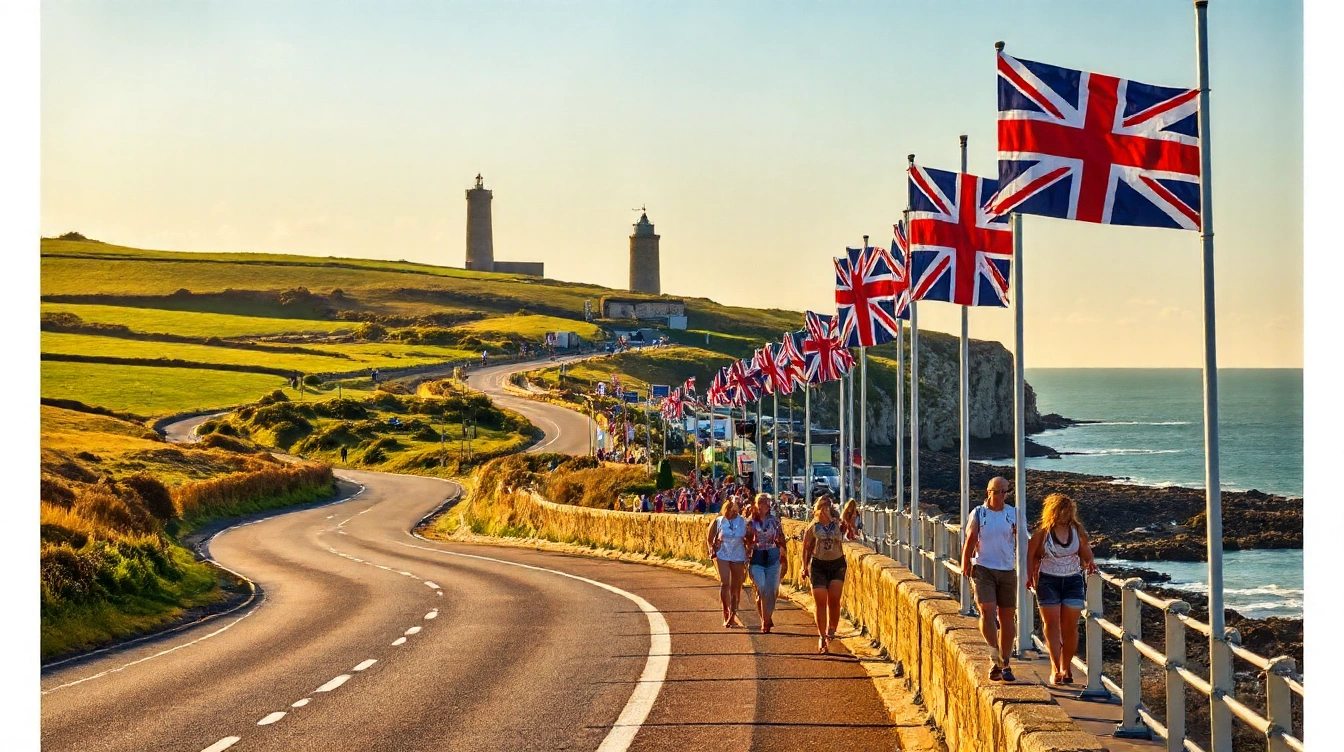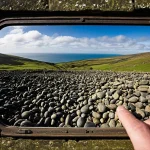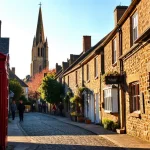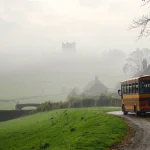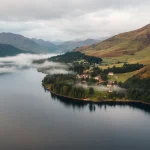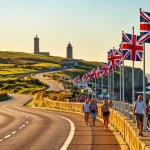Social Media’s Role in Shaping UK Tourism Trends
Social media influence has revolutionised UK tourism trends, dramatically altering how travellers discover and choose destinations. Platforms like Instagram, Facebook, and Twitter have become pivotal in destination marketing, offering authentic experiences through user-generated content that inspires potential tourists. This shift causes travel behaviour to lean heavily on visual storytelling and peer recommendations.
Instagram tourism, in particular, plays a significant role. Pictures showcasing iconic landscapes or hidden gems create viral moments that can boost a destination’s popularity overnight. This encourages destinations to tailor their marketing campaigns specifically to these visual platforms, enhancing appeal through carefully curated images and hashtags.
Also read : How Does the UK’s Tourism Industry Adapt to Seasonal Changes?
Facebook’s reach supports community building and detailed reviews, while Twitter enables real-time updates about events, weather, or local attractions. Together, they complement Instagram’s visual push, forming a comprehensive digital marketing ecosystem that actively shapes UK tourism trends.
The influence of social media on travel behaviour is clear: tourists now seek immersive, shareable experiences to showcase online. This dynamic motivates UK tourism operators to adopt strategies centred on engagement and authenticity, ensuring their offerings resonate within the digital landscape and continually attract new visitors.
In parallel : What are the best sustainable travel practices for UK visitors?
How UK Travelers Use Social Media for Inspiration and Planning
Social media profoundly shapes tourist decision-making for UK travelers. Platforms featuring travel influencers drive initial travel inspiration by showcasing vivid experiences and unique destinations. These influencers often provide authentic insights, sparking curiosity about places beyond traditional tourist spots.
User-generated content, such as photos and reviews shared by fellow travelers, serves as powerful motivation. Seeing real-life accounts makes UK destinations feel accessible and relatable. This type of content significantly informs the travel planning phase, as prospective visitors can evaluate accommodations, activities, and local attractions based on genuine feedback.
In the early stages, social media introduces ideas and shapes destination choices through engaging visuals and storytelling. As planning progresses, travelers rely increasingly on review platforms to validate their options and refine itineraries. Social media thus plays a dual role—first inspiring and then supporting practical decisions.
By blending inspiration with information, social media transforms how UK tourists curate their journeys. Those researching trips can benefit greatly by following trusted travel influencers and monitoring authentic user reviews, ensuring their plans match real experiences and expectations.
The Effect of Social Media on UK Destinations and Attractions
Social media has revolutionised destination marketing in the UK, turning previously overlooked places into must-visit spots. Platforms like Instagram create Instagram hotspots almost overnight. For example, coastal villages and charming countryside locations often see a surge in visitors after viral posts highlight their scenic beauty.
One significant impact of social media is how it fuels viral tourism trends. Lesser-known local attractions suddenly attract large crowds. This spike can boost local economies but also challenges communities unprepared for the influx. Towns face problems like overcrowding, strain on infrastructure, and diminished resident quality of life—classic signs of overtourism.
Sustainability becomes a pressing concern as high footfall threatens delicate environments. Efforts to manage this include promoting off-peak visits and diversifying destination marketing strategies toward responsible tourism. Balancing popularity with preserving a location’s charm is key to long-term success.
In short, social media acts as a powerful force reshaping how UK destinations and attractions are experienced. It opens doors for hidden gems but demands careful planning to mitigate negative effects on communities and environments.
Social Media Strategies of UK Tourism Businesses
In today’s competitive tourism industry, tourism marketing hinges significantly on savvy digital strategies. UK tourism businesses have embraced social media platforms to boost their visibility and engage visitors effectively. They adapt by tailoring content to highlight local experiences, using visually rich stories, and launching interactive campaigns that inspire shareability.
A standout approach involves partnerships among tourism boards, influencers, and local businesses. For example, collaborations leverage influencers’ reach to showcase hidden gems, directly benefiting local business impact through increased foot traffic and online bookings. These alliances also amplify social engagement by encouraging user-generated content, turning visitors into brand ambassadors.
Successful campaigns often blend authenticity with innovation—think immersive virtual tours, hashtag challenges, or live-streamed events. Such tactics not only foster a sense of connection but also adapt dynamically as the tourism industry adaptation shifts with changing consumer habits and global circumstances.
This synergy of partnerships and platform-specific content proves vital. It helps UK tourism entities maintain relevance amid digital transformation, driving both awareness and economic benefit across communities.
Data and Trends: The Measurable Impact of Social Media on UK Tourism
Recent UK tourism studies reveal that social media has become a powerful driver behind travel decisions. According to tourism statistics, platforms like Instagram and TikTok significantly influence where people choose to visit. Travelers increasingly rely on online engagement metrics such as likes, shares, and comments to assess the appeal of potential destinations.
Social media analytics help identify which locations generate the most interest and convert views into actual visits. For example, photo-rich content showcasing iconic landmarks or hidden gems often leads to spikes in traveler inquiries. This data is crucial for understanding evolving travel trends data and demographics, pinpointing younger audiences’ preferences for immersive, authentic experiences shared on social feeds.
Marketers and tourism boards utilize these insights to tailor campaigns, optimize timing, and select the best platforms for maximum impact. By monitoring engagement levels and tracking conversions, they can make informed decisions that boost tourism numbers. The growing emphasis on such analytics ensures that future tourism marketing is more targeted, efficient, and aligned with traveler behavior. This measurable impact proves social media isn’t just a trend but a fundamental part of UK tourism’s future.

